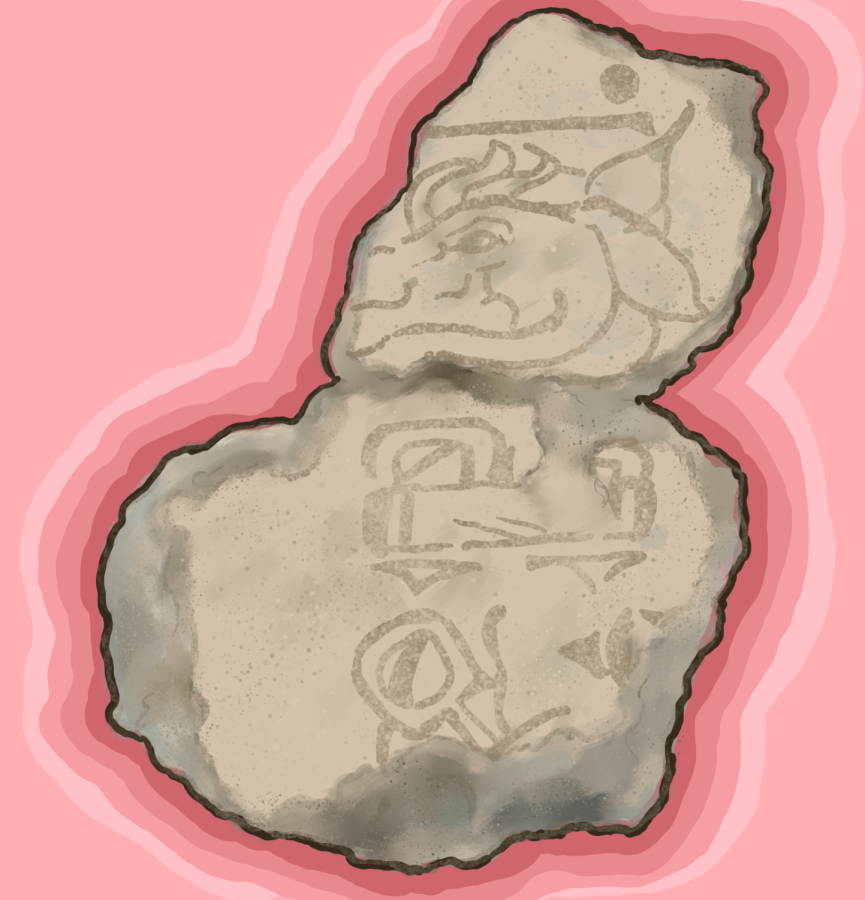UT-Austin researcher helps discover earliest known Maya calendar fragment
May 5, 2022
A team of archaeologists, including a UT researcher, discovered the earliest known record of the Maya calendar system from the third century B.C.
Their findings, published April 13 in Science Advances, focused on a fragment found at the Las Pinturas pyramid archaeological site in San Bartolo, Guatemala. David Stuart, an art history professor who was part of identifying the fragment, said it comes from a 260-day calendar system used by Indigenous groups in Mesoamerica that is still in use today.
Stuart said researchers recovered thousands of fragments from painted murals from the site over the past 20 years, including the fragment from the recent discovery.
“They’re using this calendar and they’re using it in this temple that was modified over the centuries,” said Stuart, director of the Mesoamerica Center at UT. “It’s the same calendar system many Maya people today are still using, without interruption.”
In the 260-day calendar system, days are named using a combination of a number from one to 13, and then one of 20 different words. Stuart said the fragment features hieroglyphics for the date “7 Deer,” which is now the oldest piece of the calendar at over 2,200 years old.
Stuart said they used statistical analysis of radiocarbon dating to help determine the time frame of the fragments. He said advancements in radiocarbon dating over the past 20 years helped to more accurately date the fragment, confirming it was the earliest known record.
Heather Hurst, who co-authored the article, said the 7 Deer record is among approximately 7,000 mural fragments found at the site, but stood out because it contained a date while other fragments did not.
Hurst, co-director of the San Bartolo-Xultun Regional Archaeological Project, said the fragments show a well-developed tradition of art and writing by the Maya.
“These were not rudimentary steps in trying to express themselves artistically or even in writing,” Hurst said. “At this early date, we have this kind of full intellectual and artistic tradition.”
Hurst said the fragments date to a time when Maya in the lowlands region made advancements in agriculture to further develop their cities and villages.
“These were intellectually vibrant and artistic people,” Hurst said. “It just gives you a sense of who they were, not just what they were doing and in terms of subsistence.”
As the San Bartolo project continues analyzing and conserving the finds from the site, Stuart said his team is working on a book to summarize the findings of the murals and the site.
“(San Bartolo is) a visual representation of creation and the mythology around creation,” Stuart said. “We’ve been able to, for the first time, study the origins, or the early stages of Maya art and its connection to religion and mythology.”



